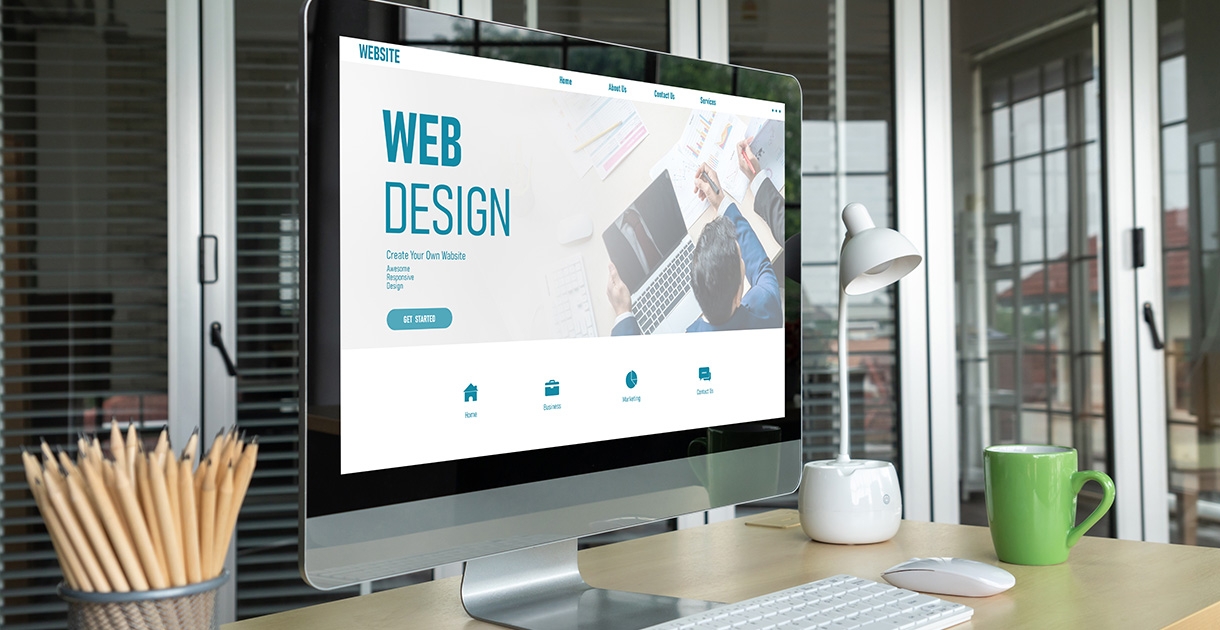In the pursuit of exceptional user experience (UX) and minimalist aesthetics, more websites are leaning into “ultra-clean” designs — generous whitespace, clutter-free layouts, clean typography, and uniform icon systems. While this approach to web design enhances usability and professionalism, it raises an important question:
Can a website be “too clean” to the point of losing its personality? Minimalism ≠ Boring
The goal of minimalist design is to eliminate distractions, helping users focus on content and core interactions. However, overly simplified designs can also strip away brand identity. For instance, a music brand with an overly “safe” color scheme and interface might fail to express its creativity or energy. This kind of "over-clean" look may make a site feel lifeless or generic, reducing visual memorability. For brands that rely on emotional connection or creative expression, this becomes a UX versus brand identity dilemma.
UX vs. Brand Personality: How to Balance Them
Great UX design should support, not suppress, brand messaging. In fact, while maintaining clear structure and ease of use, a website can still express brand personality through methods like:
- Typography: Thoughtfully chosen fonts can subtly convey tone and brand positioning.
- Color Palette: Colors can reflect vibrancy, sophistication, tech-savviness, or approachability.
- Microinteractions: Tasteful animations or transitions can add charm and reinforce identity.
- Visual Elements: Custom illustrations, photography style, and iconography can make the brand voice visually distinct.
When used well, these techniques enhance the user experience rather than hinder it — making the site both functional and memorable.
When to Go Minimalist, and When to Keep Character
For finance, healthcare, or government websites, where clarity and stability are paramount, minimalist designs are often ideal. But for emotionally driven or identity-centric industries — such as beauty brands, fashion sites, or creative agencies — preserving distinctiveness can be more valuable. That’s why it’s crucial to work with a team that understands both strategy and technical expertise, to define a UX and visual direction rooted in the brand’s core identity.
Conclusion
Minimalist design enhances user experience, but a website is more than just a tool — it’s a platform for brand communication. A site that’s overly “clean” but emotionally neutral risks becoming just another forgettable information platform.
So instead of asking whether your website is too clean, ask this: Does your design help users remember your brand?




